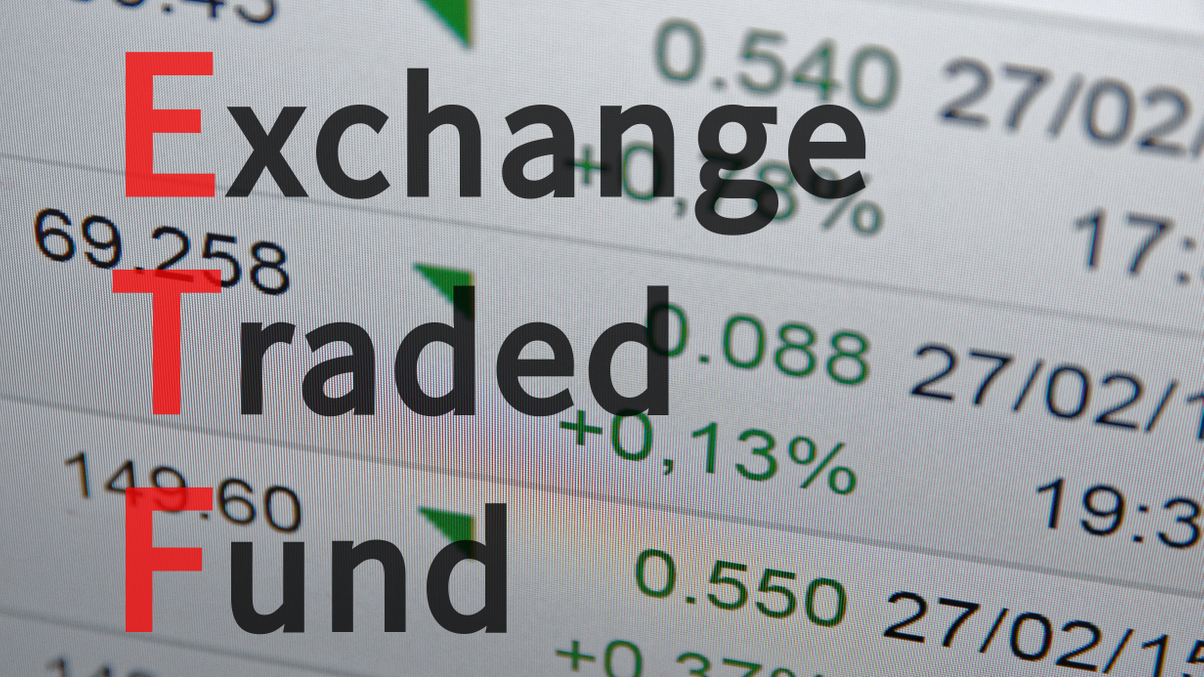ETF Connect advance ‘a welcome step’ for China instos
The long-anticipated ETF Connect, which sets to boost demand for exchange-traded funds in Hong Kong, looks likely to launch this year after being delayed from 2017.

The long-delayed Exchange-Traded Fund (ETF) Connect between mainland and Hong Kong could finally launch by the end 2018, after the Chinese and Hong Kong financial regulators introduce a regime in the third quarter that lets the former identify investors participating in the cross-border Connect programmes, say market experts.
Sign in to read on!
Registered users get 2 free articles in 30 days.
Subscribers have full unlimited access to AsianInvestor
Not signed up? New users get 2 free articles per month, plus a 7-day unlimited free trial.
¬ Haymarket Media Limited. All rights reserved.


